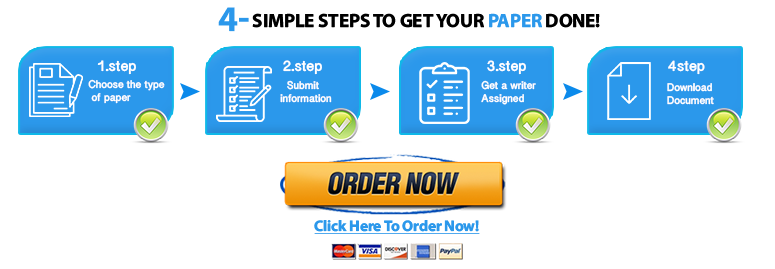How does allolactose induce transcription of the lac genes?
Biology 308- Lac Operon Homework Assignment
Your homework assignment has a point value of 20 points. It must be typed, and submitted at the beginning of lecture on Monday November 6th. No electronic, or late copies accepted. If you submit your homework as of 8:41AM, it will not be accepted.
Question 1 (circle the best answer) (2 points each)
a) How does allolactose induce transcription of the lac genes?
1) Lactose binds to the polymerase and increases efficiency.
2) Lactose binds to a repressor protein, and alters its conformation to prevent it from binding to the DNA and interfering with the binding of RNA polymerase.
3) Lactose binds to an activator protein, which can then help the RNA polymerase bind to the promoter and begin transcription.
4) Lactose prevents premature termination of transcription by directly binding to and bending the DNA.
b) Which molecule signals to the Lac operon that glucose levels are low?
1) Cyclic AMP
2) Calcium
3) Lactose
4) Pyruvate
Question 2 (2.5 points each)
In lab, you are conducting experiments to study the lac operon in E. coli (see schematic below). In your experiments, the activity of the enzyme b-galactosidase ( -gal) is measured by including X-gal and IPTG in the growth media. X-gal is a lactose analog that turns blue when metabolized by b-gal, but it does not induce the lac operon. IPTG is an inducer of the lac operon but is not metabolized by b-gal.
I
Pi Promoter for Repressor (I)
Plac
Binding site for CAP activator protein
O lacZ
Gene encoding <gal
a) Which of the following would you expect to bind to -galactosidase? Circle all that apply.
IPTG
Lactose (or allolactose)
X-gal
b) Which of the following would you expect to bind to the lac repressor? Circle all that apply.
X-gal
Lactose (or allolactose)
IPTG
Question 2, continued (13 points)
After mutagenesis you find 7 mutants that never turn blue as shown in the table below. *Note each mutant has a single loss-of-function mutation.
I: LacI gene
CAP binding site: also known as the CRP binding site
Plac: the promoter of the lac operon
O: operator (can be O1, O2, OR the O3)
| Cell Type | Media | |||
| + glucose
No lactose + X-gal |
+ glucose
+ lactose + X-gal |
No glucose
No lactose + X-gal |
No glucose
+ lactose + X-gal |
|
| Wild type | White colonies | White colonies | White colonies | Dark blue colonies |
| Mutants 1-7 | White colonies | White colonies | White colonies | White colonies |
c) A single loss-of-function mutation in which component or components (I, CAP binding site, Plac, O1, O2, O3, lacZ) could produce the un-inducible phenotype seen in these mutants? List all that apply. (3.5 points)
You also find three mutants with the following phenotype. *Note that each mutant has a single loss-of-function mutation.
| Cell Type | Media | |||
| + glucose
No lactose + X-gal |
+ glucose
+ lactose + X-gal |
No glucose
No lactose + X-gal |
No glucose
+ lactose + X-gal |
|
| Wild type | White colonies | White colonies | White colonies | Dark blue colonies |
| Mutants 8-10 | White colonies | White colonies | Dark blue colonies | Dark blue colonies |
d) A loss-of-function mutation in which component or components (I, CAP binding site, Plac, O1, O2, O3, lacZ) could produce the constitutive phenotype seen in these mutants? (3.5 points)
e) You introduce a piece of DNA into the constitutive mutant 8 bacterial cells that contains the following: lacI and its promoter, lacZ, lacA, and lacY and their promoter (Note: all of these genes are wild-type). (Introducing additional DNA is a common laboratory technique in bacteria, and all added genes and regulatory regions can be expected to act as if they were a part of the genome.) However, the addition of introducing your piece of DNA with wild-type lac genes does not rescue the mutant phenotype observed in mutant 8; that is, these bacteria are still constitutive. Does this additional information allow you to narrow your options as to possible causative mutations? Clue: What mutations would prevent the lac operon from being inducible (in other words, repressed)? (6 points)


